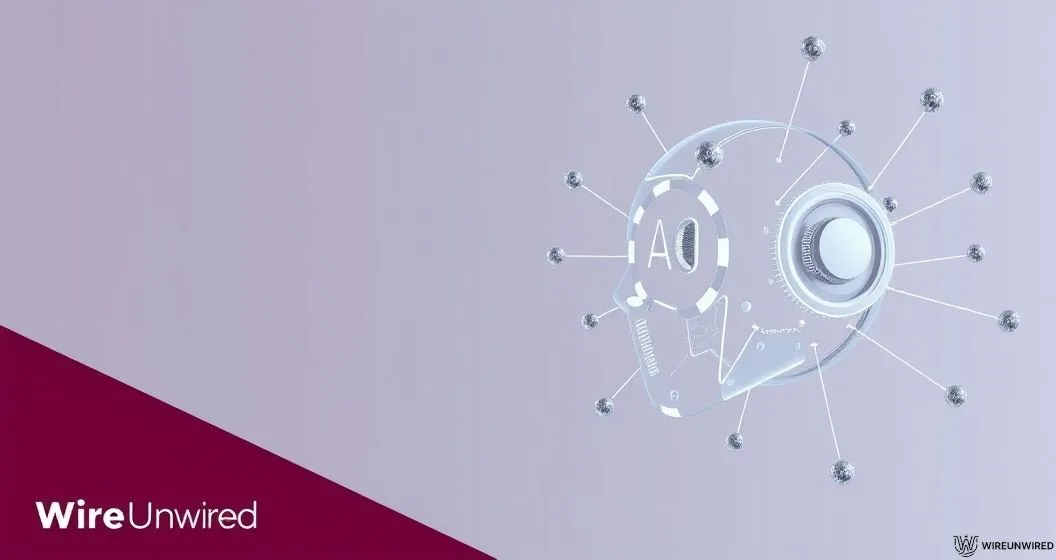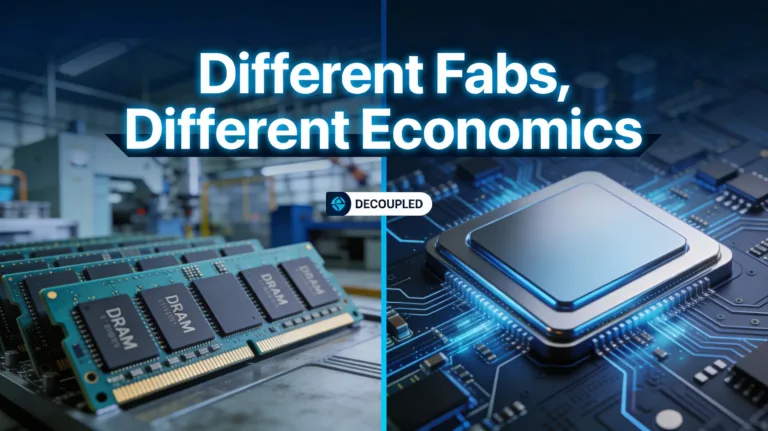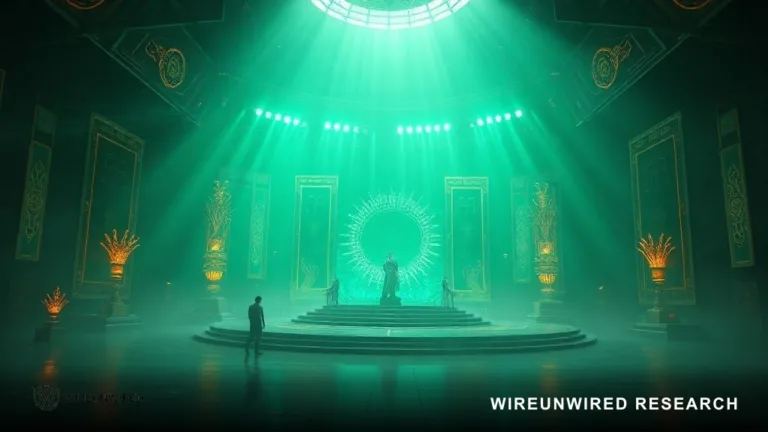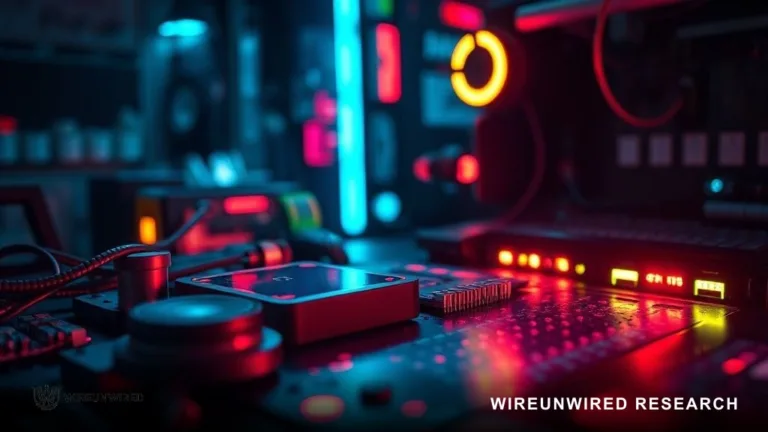Key Insights
- AI investments now capture 64% of US venture capital, echoing dot-com era highs and fueling debate over bubble risks.
- Leading AI firms boast stronger financials than 2000s tech startups, but market concentration and circular financing spark caution.
- Analysts warn of volatility and a potential correction, yet acknowledge AI’s economic impact and transformative potential.
AI Investment Boom: A Modern Echo of the Dot-Com Era?
On October 08, 2025, Fox Business aired a segment dissecting the extraordinary surge in AI funding, igniting comparisons to the infamous dot-com bubble. With 64% of all US venture capital now funneling into AI startups—a figure surpassing even the wildest days of the 1990s tech boom—analysts are asking: are we repeating history or witnessing the dawn of a sustainable digital revolution?
Record AI Funding and Market Concentration
The numbers are staggering. In Q2 2025 alone, $50 billion was invested in AI startups, and the tech sector now represents 34% of the S&P 500, exceeding the market concentration seen at the peak of the dot-com era. Giants like Google, Amazon, and Meta poured over $400 billion into AI infrastructure in 2024, and their combined spending is projected to reach $45 billion in 2026. Meanwhile, valuations are soaring—OpenAI is valued at $300 billion despite lacking consistent profits, and Nvidia recently topped $4 trillion in market value, nearly 10% of the S&P 500’s total value .
Also Read :AI Startups Capture Record $192.7 Billion in Global VC Funding for 2025
Are We in a Bubble? The Debate Intensifies
Critics point to circular financing—where leading AI firms invest in one another—and a dangerously concentrated customer base as signs of potential instability. Notably, 70% of funded AI startups reportedly generate no real revenue, and a recent MIT study found that 95% of enterprise AI projects deliver zero return on investment. This echoes the late-90s pattern of speculative investment, where business fundamentals were often overlooked in the rush to back emerging technology .
Still, there are key differences from the dot-com era. Today’s AI leaders—especially the so-called “Magnificent Seven” (Apple, Microsoft, Google, Amazon, Meta, Tesla, Nvidia)—enjoy robust balance sheets and real profits, offsetting some bubble risks. Unlike the 2000s, many of these companies are not just promising future growth; they are already driving revenue from AI infrastructure and services .
Public Reaction: Optimism Meets Skepticism
Social media lit up in the hours after the Fox Business segment, with viewers split between concern over an AI investment bubble and confidence in the sector’s fundamentals. Some warn that the “gold rush” mentality—where even unproven AI projects receive massive funding—could precede a sharp correction. Others emphasize that the scale, profitability, and real-world adoption of AI distinguish this era from the speculative excesses of the late 1990s .
Analyst Outlook: Cautious Optimism Amid Volatility
Financial analysts remain cautiously optimistic. They acknowledge the risks of overvaluation and extreme volatility—as shown when Nvidia lost 17% of its market value in a single day following open-source competition—but highlight that many AI firms have the financial resilience to weather market corrections. With the global AI market projected to reach $1.81 trillion by 2030 and infrastructure spending now rivaling entire national economies, the stakes are higher than ever .
“The question is whether we’re building sustainable businesses or just inflating another bubble that’s destined to pop.” — MIT Technology Review, August 2025
What’s Next for AI Funding and the Broader Economy?
As the AI funding web grows ever more complex, the industry faces a pivotal moment. Will the current wave of investment lay the foundation for enduring innovation, or will it end with a painful market correction reminiscent of 2002? For now, the debate continues, driven by both the remarkable promise and the undeniable risks of artificial intelligence’s rapid ascent.
Discover more from WireUnwired Research
Subscribe to get the latest posts sent to your email.




